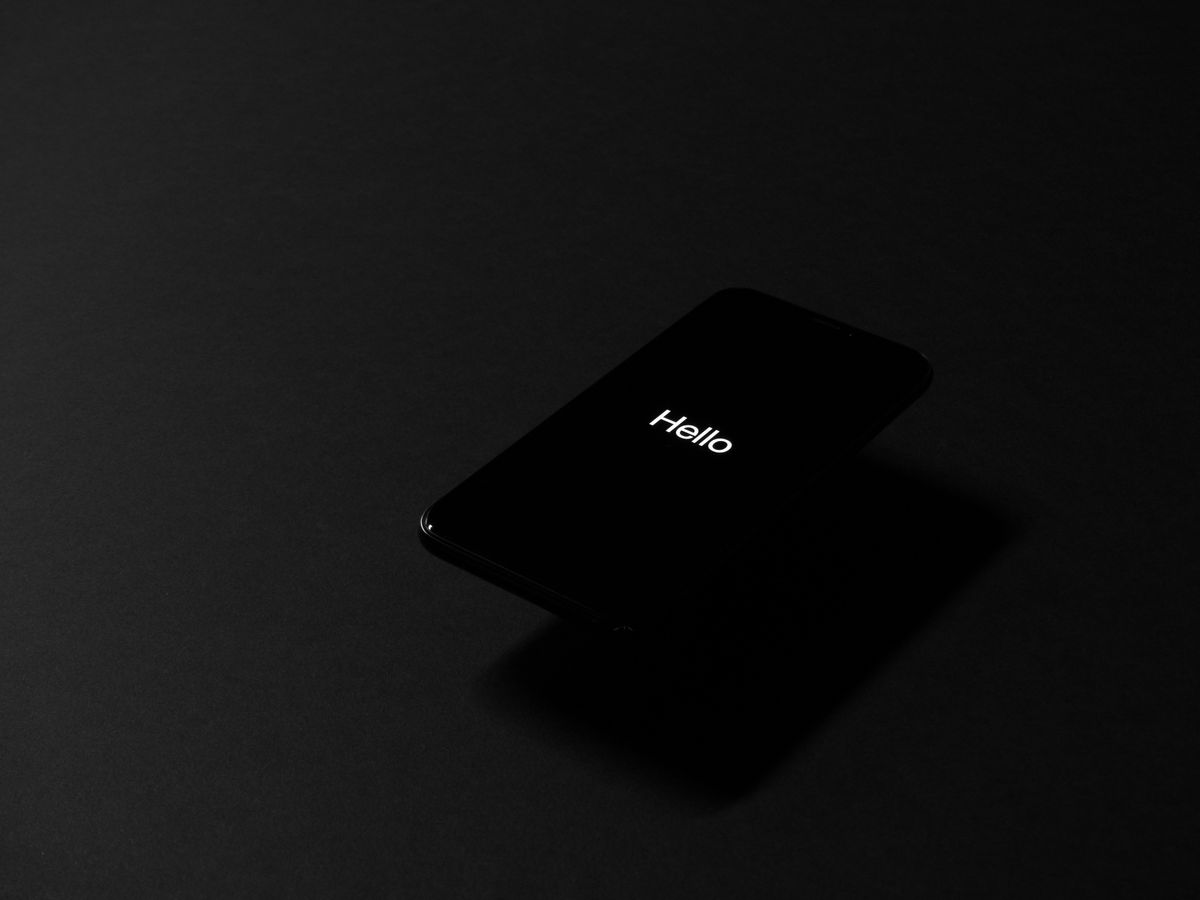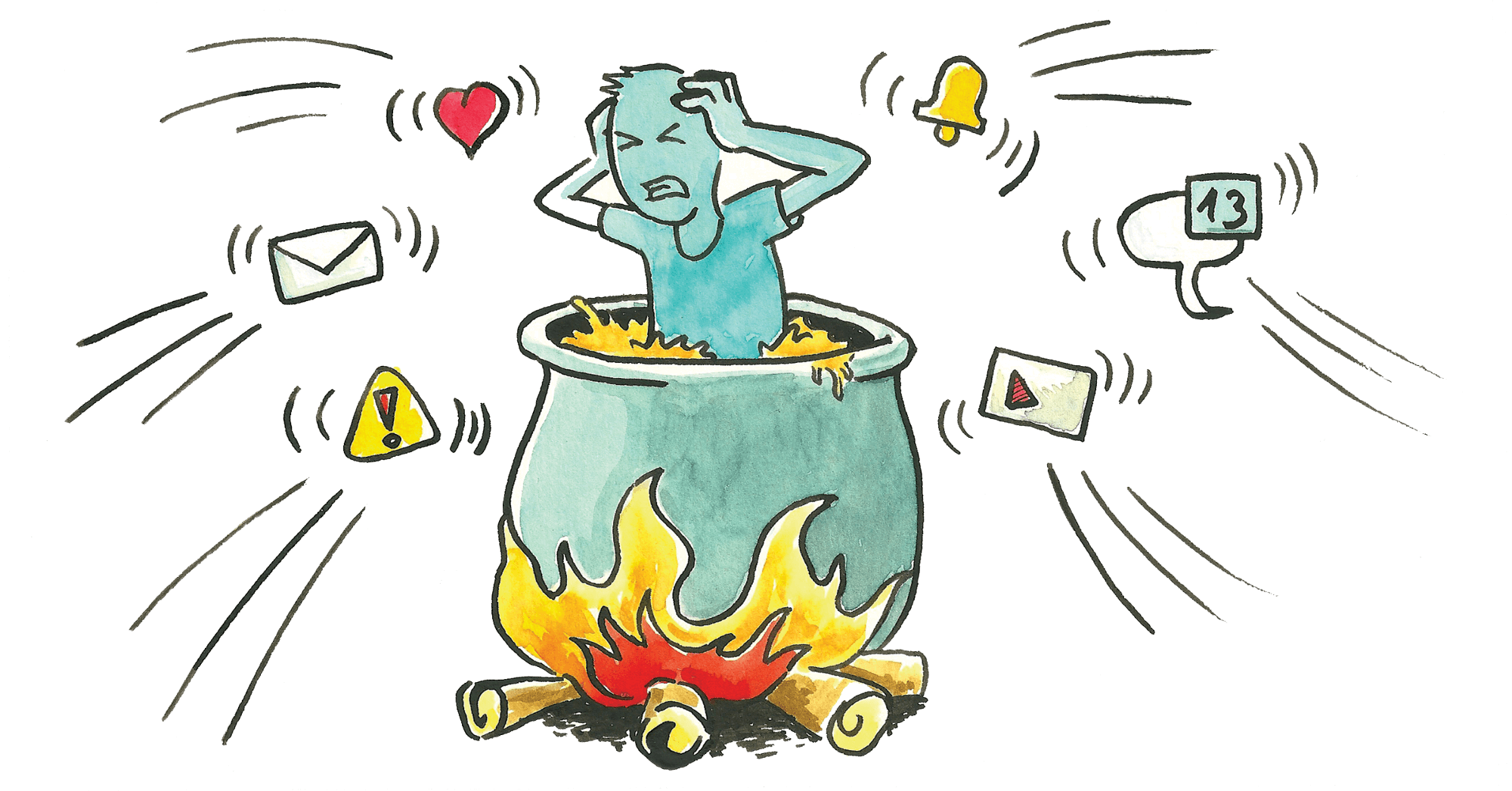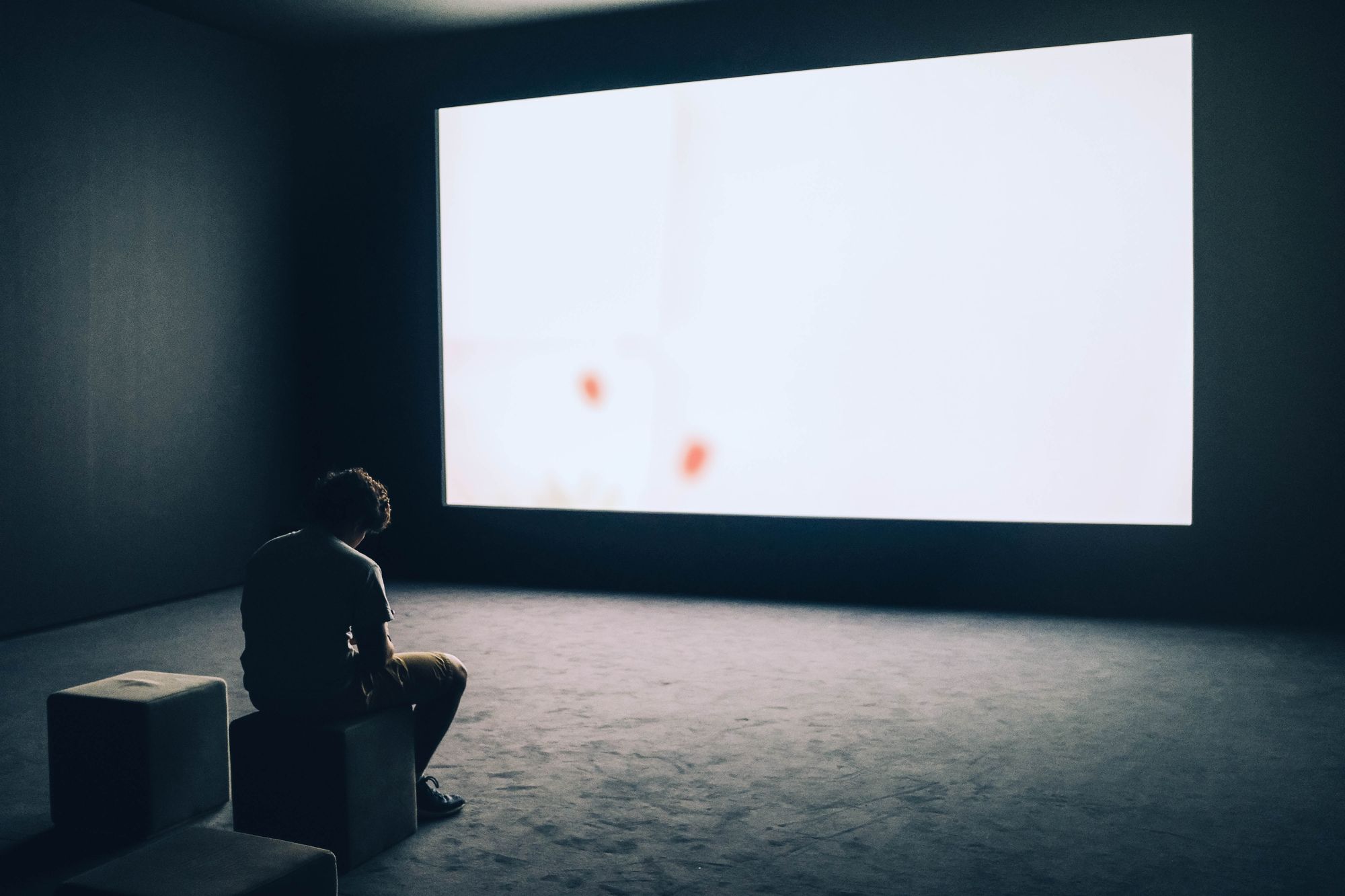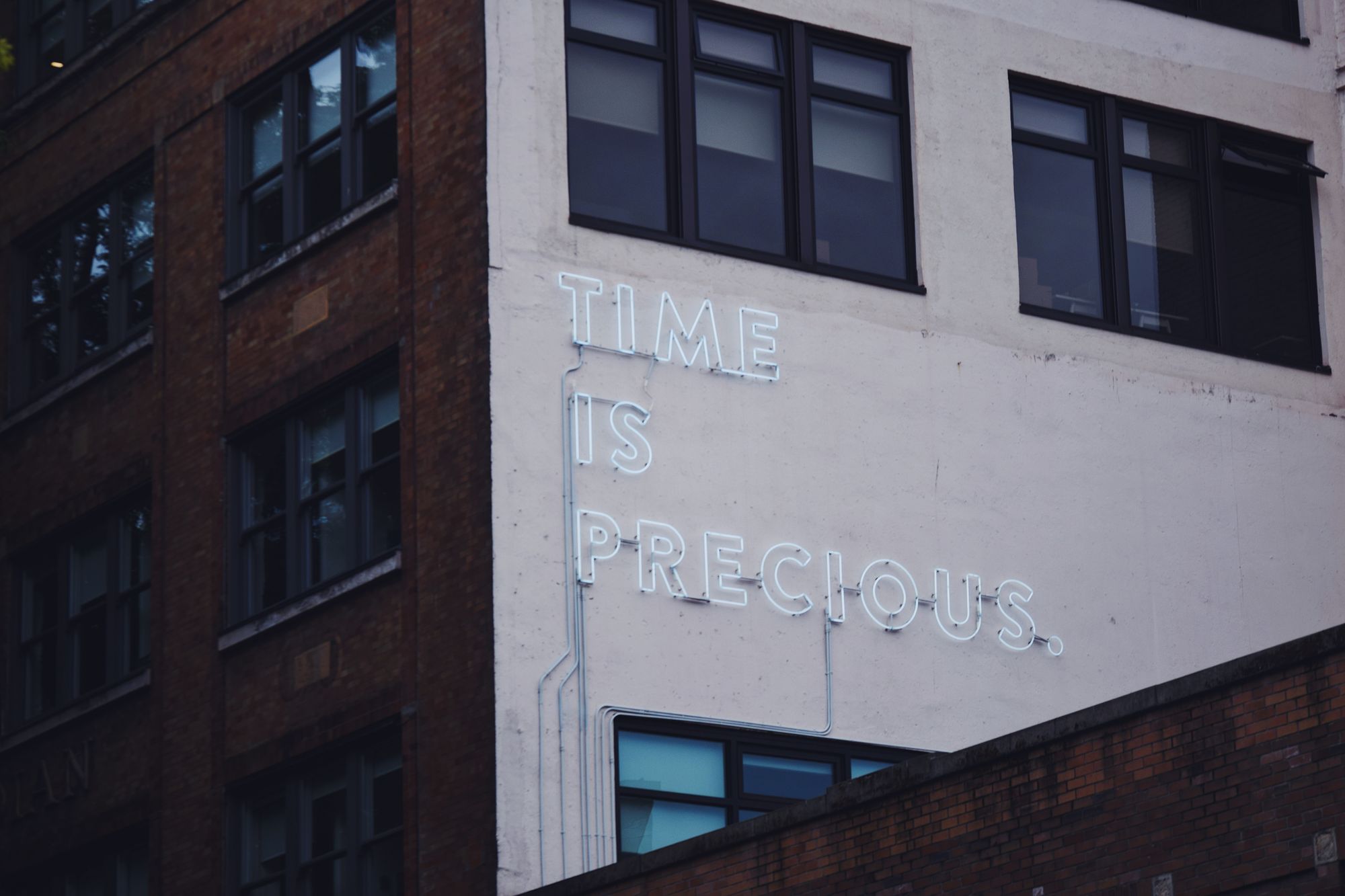No Screen Sundays
Screen addiction is a very real thing in today’s digital world where apps are constantly trying to prey on our time. So, it’s natural that we have been reduced to a commodity in the attention economy.

7 lessons I learned from going screen-free for a day!
Screen addiction is a very real thing in today’s digital world, where apps are constantly trying to prey on our time. Technology companies have long viewed everything, especially humans, as datasets to learn and exploit, so it’s natural that we have been reduced to a commodity in the attention economy.
The products and services we routinely consume are free because we are willing to give up ever-larger amounts of our time to them. The growing volume of research correlating massive loss of productivity, increasing Attention Deficit Disorder (ADD), and inadequate social development, with psychologically weaponized apps was enough to both sufficiently worry and convince me to stay away from screens. This is exactly what I did last weekend to hyperfocus on my work at egomonk, and here’s what I learned.

1. Waking up without notifications
I don’t exaggerate when I say this no-alarm Sunday was a godsend luxury because I woke up well-rested from the complete lack of notification-induced interruptions at night. The long-term effects of sleep disruption include high blood pressure, anxiety disorder, and type 2 diabetes, so making our bedrooms a device-free zone is essential to our well-being!

2. Freedom from the feeds
The default morning behavior for most millennials and digital natives is to clear the backlog of notifications. This involves cycling through my core set of applications i.e. Facebook, Twitter, and email. I have found notification zero to be consistently more powerful and desirable than inbox zero because of the built-in social dynamics and hooks. Breaking this routine felt strange to me and made me a bit anxious, which in turn worried me, but I was able to counter the urge to know what was going on in other people’s lives by focusing on mine and not sharing it socially.

3. Consuming analog news: Newspapers still exist
We still get the newspaper delivered to our home, which was a great relief because I hadn’t read one cover-to-cover in more than a year - the last time being a terrible Air India flight with no entertainment options. It was great to trust professionals (reporters, editors, etc.) and the journalistic processes without worrying about fake news, Russia, and everything else. I didn’t like everything I read because it wasn’t personalized to my tastes like my digital feeds are, but I was exposed to a few pieces I wouldn’t have been otherwise. It showed me that when done right, curation still works well and that filter bubbles are a genuine issue on social media. However, I missed my ad blocker because at least 35% of the newspaper was ads. I am happy to report that ads are just as annoying in print as they are digitally, and I am more than willing to pay to eliminate them altogether. Print can learn a thing or two from Spotify or YouTube Red!

4. Long-form content: Books have zero latency
I believed in Amazon and jumped to a Kindle 3 years ago, but I found printed books to be just as vibrant as ever. I’m glad the publishing industry is one of the few that’s putting up a fight against Bezos because they’re still so good at what they were designed to do: provide information in a clear, well-laid-out manner with zero latency and screen refreshes (something I hope Amazon will fix this decade). However, I did miss the unlimited selection of my Kindle library, and its stellar recommendation engine compared to my physical library and the creepy neighborhood bookstore owner. I spent a few hours reading and was still surprised by how pleasant the analog experience was and how much I could consume when freed from distractions.

5. The world is still broken
Software deserves credit for accelerating the organization of the offline world. I experienced this technophilia first-hand when trying to hail an auto rickshaw on the streets versus calling an Uber or Ola. Tuktuk drivers are an arrogant lot here in Bangalore, and being refused 15 times felt just as bad as ever. Transportation apps have solved many complex problems like location tracking, mobile navigation, cashless payments, etc., so well that we take them for granted. But I missed their convenience on #NoScreenSunday!

6. Screens are the social norm
When I went to have Sunday brunch by myself, I discovered that I was probably the only one there without a phone. I had nothing else to do, so I started people-watching. However, I quickly found out that looking at people worries them. Now I wasn’t staring or lurking, but my screen-free presence proved overwhelming, and it made me realize that spending time with our phone or tablet has become the only acceptable behavior in social spaces. This isn’t healthy, and I will definitely bring some reading material with me next time!

7. An excess of time
The entire experience was eye-opening and showed me how much time 24 hours really can be when you’re not focused on some ethereal app. I doubled down and conducted another time-tracking experiment last week to discover that I was spending nearly 40 hours a week on social networks. Time moved much, much slower for me without a screen than it did with one, so the difficulty I faced in going screen-free actually demonstrated its necessity.